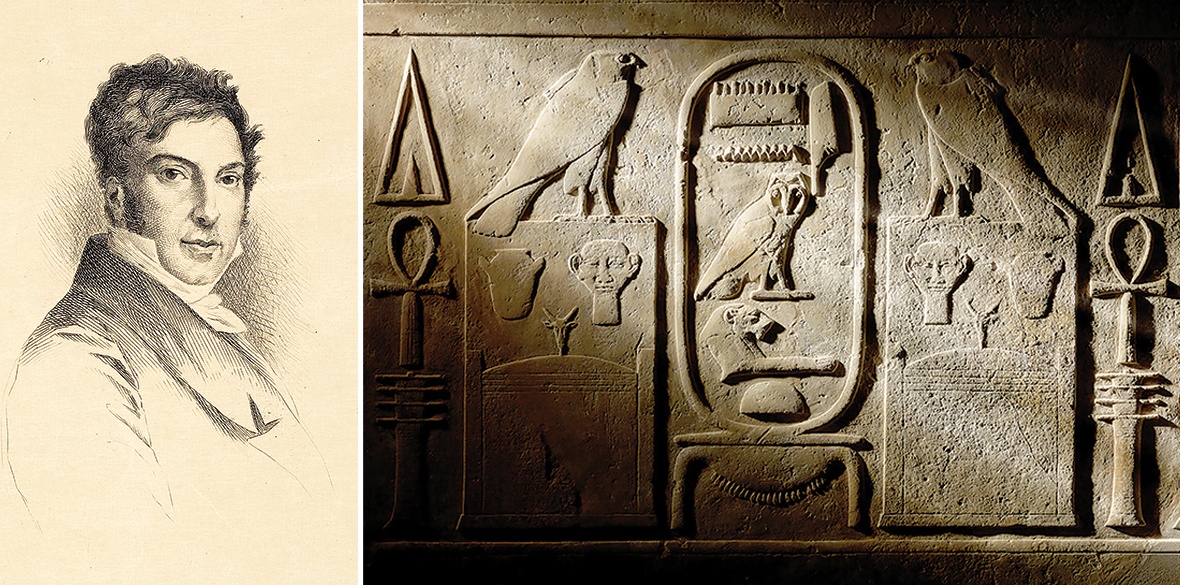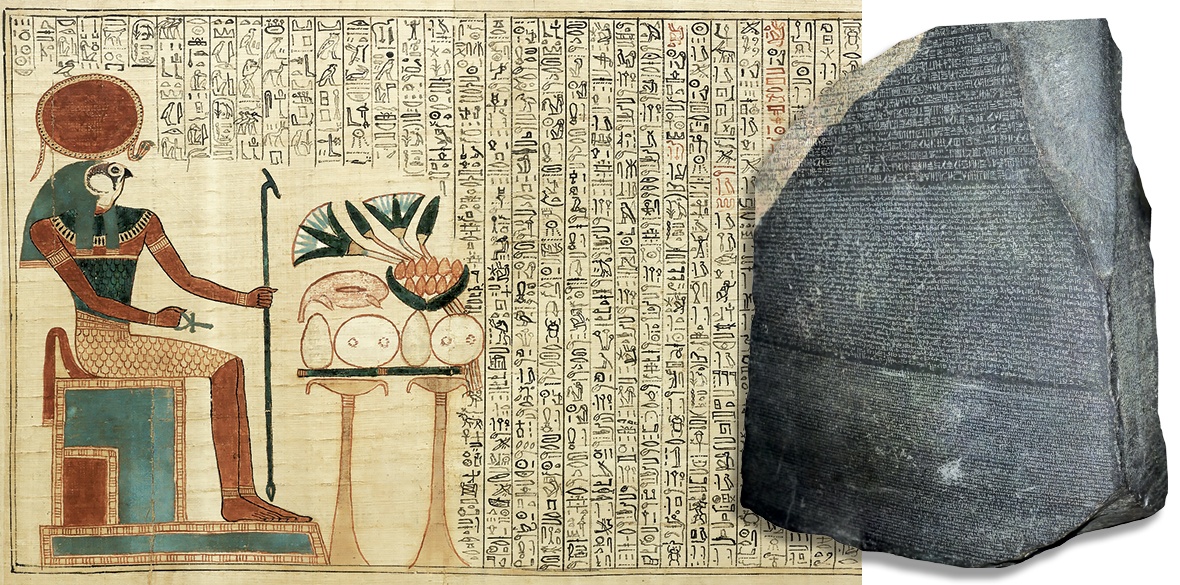This is the last article you can read this month
You can read more article this month
You can read more articles this month
Sorry your limit is up for this month
Reset on:
Please help support the Morning Star by subscribing here
Hieroglyphs: Unlocking Ancient Egypt
British Museum, London
MARKING 200 years since the code to reading hieroglyphs was unlocked by Jean-Francois Champollion in 1822, this exhibition comes in seamless halves.
The first looks at the centuries of conjecture that led up to that eureka moment, chronicling the wrong-turnings and dead-ends that bedevilled attempts to understand the lost language of ancient Egypt.
The second considers what the discipherment of hieroglyphs then allowed us to learn about society in those far-off times, including its attitudes to spirituality, religion, family life, fashion, money and crime.
What’s missing is a third section, in the middle, explaining how hieroglyphs actually work.
Without some kind of guide to understanding those fascinating characters and squiggles, there’s a feeling that we’ve been given the bones of the story but no meat.
There are, in fact, a couple of small annexes that provide an insight into the building blocks of hieroglyphs. But they whet the appetite rather than satiate it.
Instead we need to look for satisfaction elsewhere, notably in three star objects: the “Enchanted Basin,” a black granite sarcophagus covered with hieroglyphs and images of gods; the richly illustrated Book of the Dead papyrus of Queen Nedjmet, which has hardly ever been on public display; and the mummy bandage of Aberuait, not seen in Britain before.
Each gleaming artefact is handled with the British Museum’s trademark tastefulness; everything is well-lit, beautifully framed and gracefully labelled.
The sections showing Champollion’s progression towards his ultimate triumph are especially well done, housed as they are among a series of sturdy tables and chairs that suggest a period of serious study in a long-gone, wood-pannelled era.
For all the admirable curation, though, there’s a hole in the exhibition. Interesting as it is to hear about the travails of those who tried to get to grips with hieroglyphs, and to find out more about the society that produced them, it would have been far more satisfying to have left with a better understanding of the language itself.
Runs until February19 2023, then on tour to Hull, Lisburn and Devon — www.britishmuseum.org.










